medskl.com is a free, global medical education site (FOAMEd) covering the fundamentals of clinical medicine with animations, lectures and concise summaries. medskl.com is working with over 170 award-winning medical school professors to provide content in 200+ clinical presentations. Dermatology – Alopecia: What You Need to Know Whiteboard Animation Transcript with Najwa Somani, MD https://medskl.com/Module/Index/alopecia Alopecia, or hair loss, can be broadly classified as scarring or non-scarring. In non-scarring alopecia, there is little to no inflammation or (as in alopecia areata) inflammation is directed at the non-permanent, cycling portion of the hair follicle (below the bulge – stem cell region). Scarring alopecia (aka cicatricial alopecia) is characterized by damage to the stem cell (bulge region) of the hair follicle resulting in fibrosis and permanent hair loss. Early dermatologic referral is imperative to prevent ongoing irreversible hair loss. Cicatricial alopecias are classified as primary or secondary. • In PRIMARY cicatricial alopecia, an inflammatory process specifically targets the hair follicle. These alopecias are classified according to the predominant inflammatory cell type and include entities such as lichen planopilaris and discoid lupus. • SECONDARY cicatricial alopecias involve infiltrative or inflammatory processes where the hair follicle is damaged secondarily. A scalp biopsy helps to guide optimal treatment. Depending on the subtype of cicatricial alopecia, clinically, one may see scar with loss of follicular ostia, tufting (where multiple hair fibers exit one ostia), erythema, scale, pustules, and sinus tracts. The main sub-types of non-scarring alopecias to be aware of are as follows: 1. Androgenetic alopecia is hormonally driven and presents with patterned hair loss. Topical minoxidil, antiandrogenic medications, and hair transplantation are typical treatments 2. Telogen effluvium is characterized by increased hair shedding and reduced hair density resulting from increased numbers of hairs shifting into a resting or telogen phase. Malnutrition, medications, endocrine abnormalities, and stress precipitate this shift. Management should address the underlying cause. 3. Alopecia areata is an autoimmune disorder presenting with smooth bald patches of hair loss on the scalp and sometimes on other body parts. Loss of all body hair is called alopecia universalis. It can be associated with other autoimmune disorders. Management includes topical and systemic immunomodulatory agents. Relapses are not infrequent. 4. Physical alopecias result from trauma to the hair follicle. This may be the consequence of traction from hairstyling practices, or due to an impulse-control disorder called trichotillomania, where individuals have a compulsion to pull out their hair. Patient education is key to management. Pharmacotherapy such as SSRIs may be required for trichotillomania.
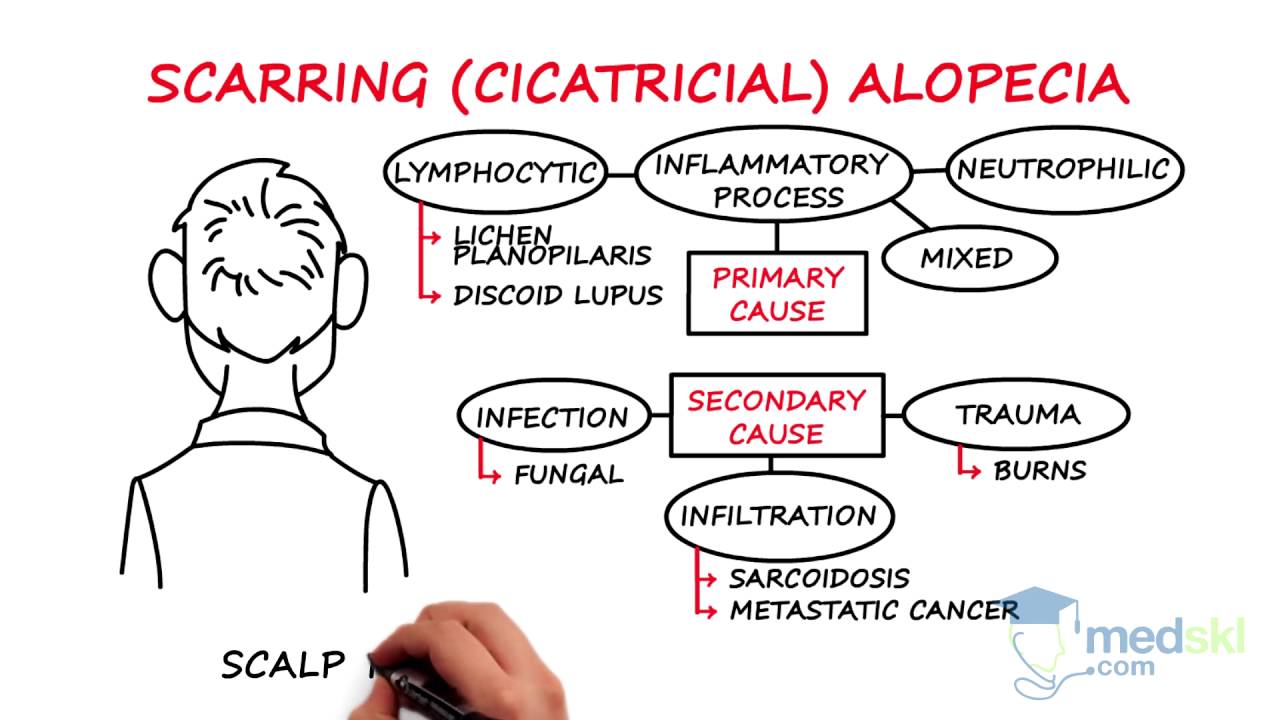
Dermatology – Alopecia: By Najwa Somani M.D.
- Post author:
- Post published:May 23, 2021
- Post comments:0 Comments
You Might Also Like

What Causes Diabetes?
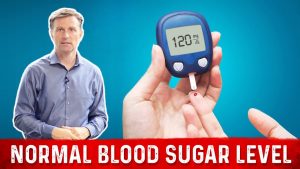
What Is a Normal Blood Sugar Level? | Dr.Berg

13 Best Sources of Minerals and Vitamins

Insulin & Glucagon

70 Bodyweight Cardio Exercises
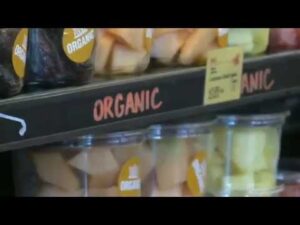
Organic Foods Video – 1

The BIG difference between T3 and T4

Female Hormone Panel | HealthE Coaching

BEST Aerobics WORKOUT At HOME || 15 MIN Workout for WEIGHT LOSS
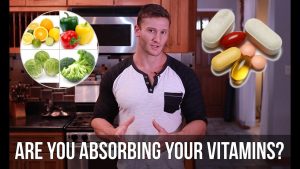
How to Get the Most out of Vitamin Supplements- Thomas DeLauer
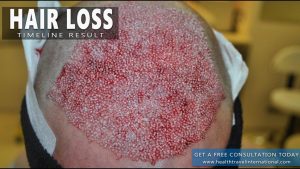
FUE Hair Transplant – Final Result Timeline – Hair loss treatment / baldness for Men 2016
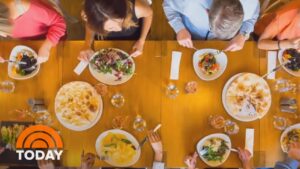
Intermittent Fasting & Fasting Video – 9

Leptin, Adiponectin ,resistin(-adipocyte hormones)

What is TB? | Infectious diseases | NCLEX-RN | Khan Academy

7 Recommend Supplements for Keto Diet & Intermittent Fasting by Dr.Berg
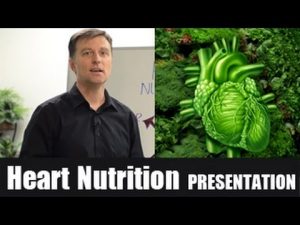
Heart Nutrition Presentation Registration Video

Bodybuilding Nutrition, Diet Recipes & Workout – 40
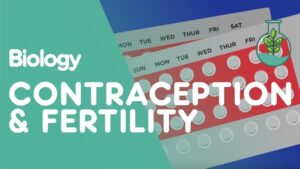
Hormones Involved In Birth Control & Fertility Treatment | Biology | FuseSchool

Intermittent Fasting & Fasting Video – 12

What is a gland? – Human Anatomy | Kenhub

Tretiva – 20 (Isotretinoin) Capsules | Treatment For Acne Pimples | Review Hindi

Thyroid Disease Explained in Telugu | Patient Education I MIC

Which body type do men REALLY like best?

Unreal Engine Asset – Human internal Organs with Skeleton Character

Equestrian Video – 4

What causes diabetes, high blood sugar and type 2 diabetes

How to Do Back Extension Exercises

A Student with Mental Illness

Decline triceps extension

History Of Surgery Video – 6
Shrugs-4

Medical Spa Club Video – 3

Fat Loss Foods Video – 1

Yoga Diet Video – 2

Is the Traditional BMI Chart Accurate?

Does having too much steroids decrease the sperm count? – Dr. Vasan S S

“Nutrition 101” with Dr. Charles Mok

BCAA Supplement vs Protein Supplement – Know Your Supps – BPI Sports

One Arm Overhead Tricep Cable Extension

The scientific truth about steroids

This Surprising Test Reveals Your True Body Type

